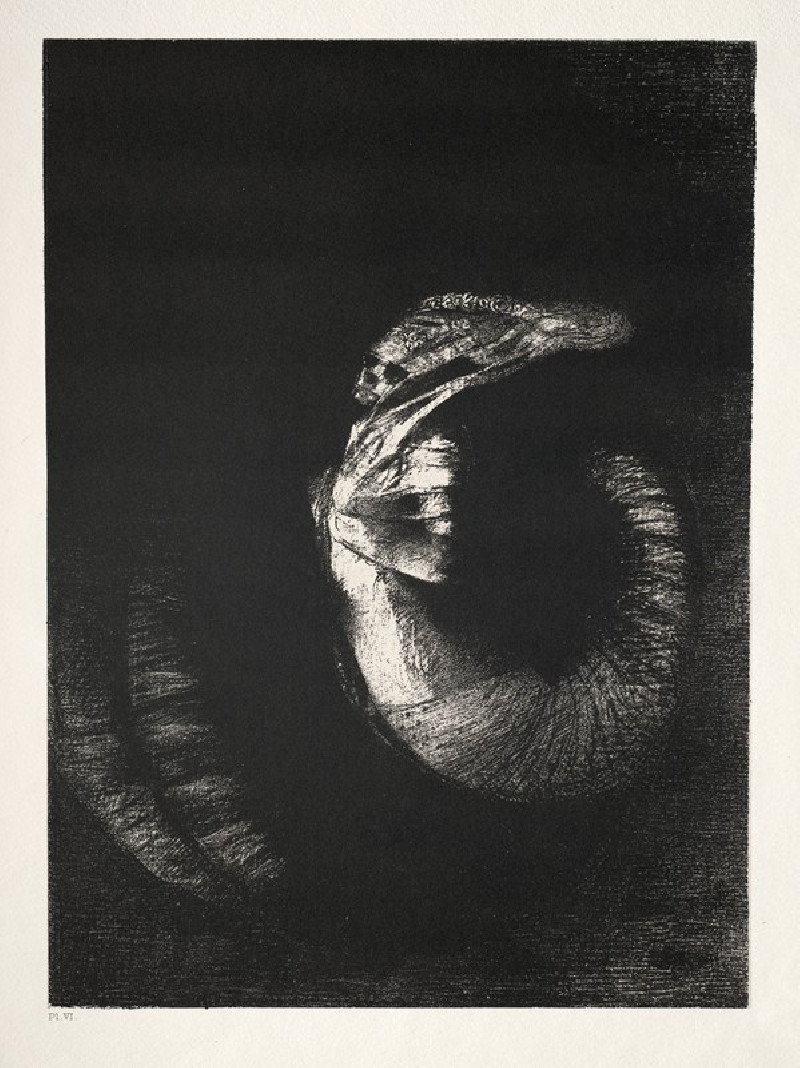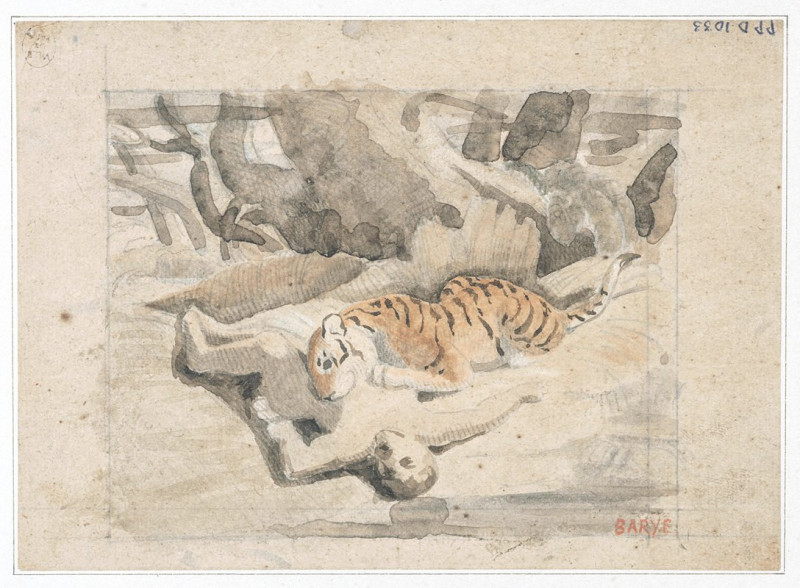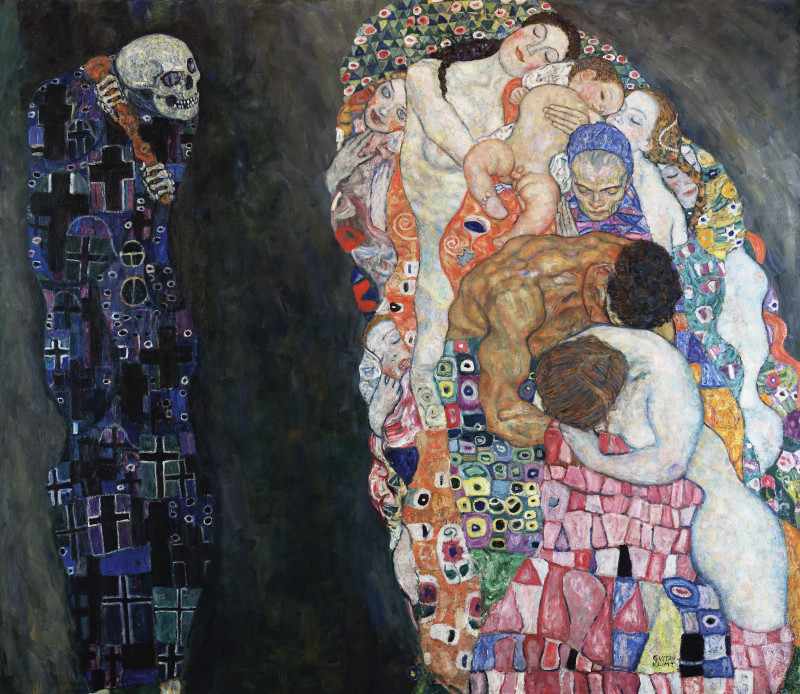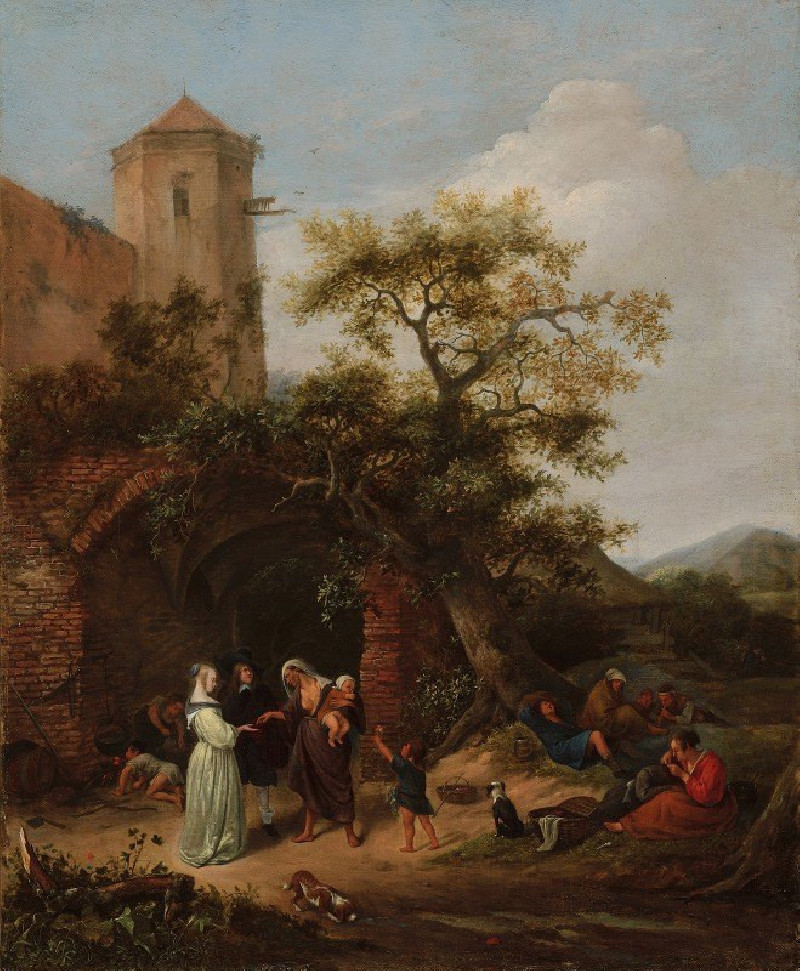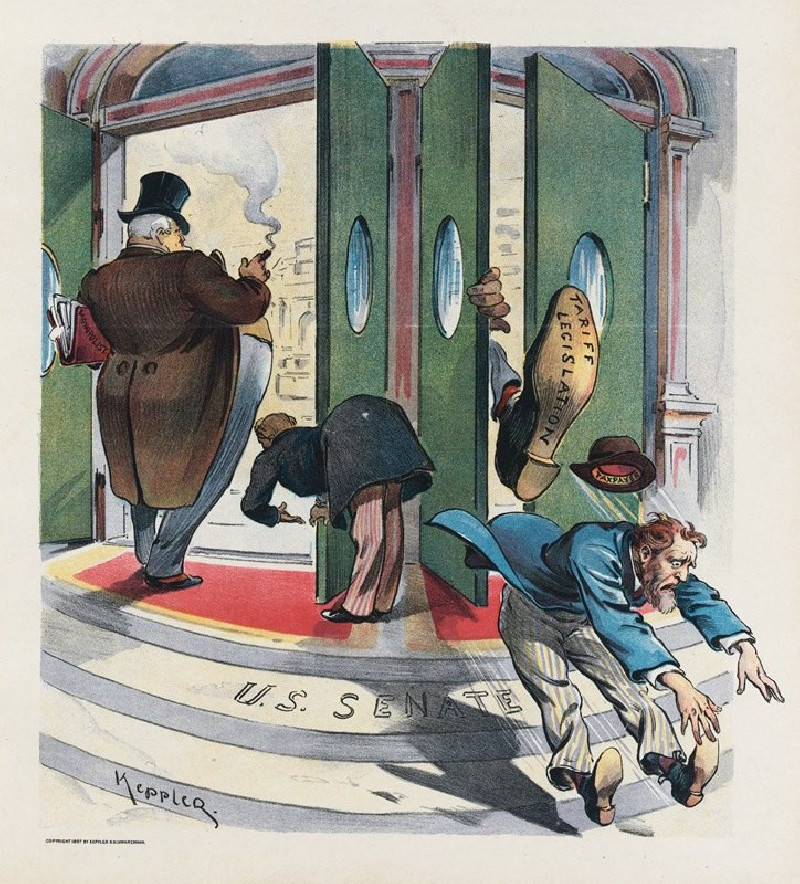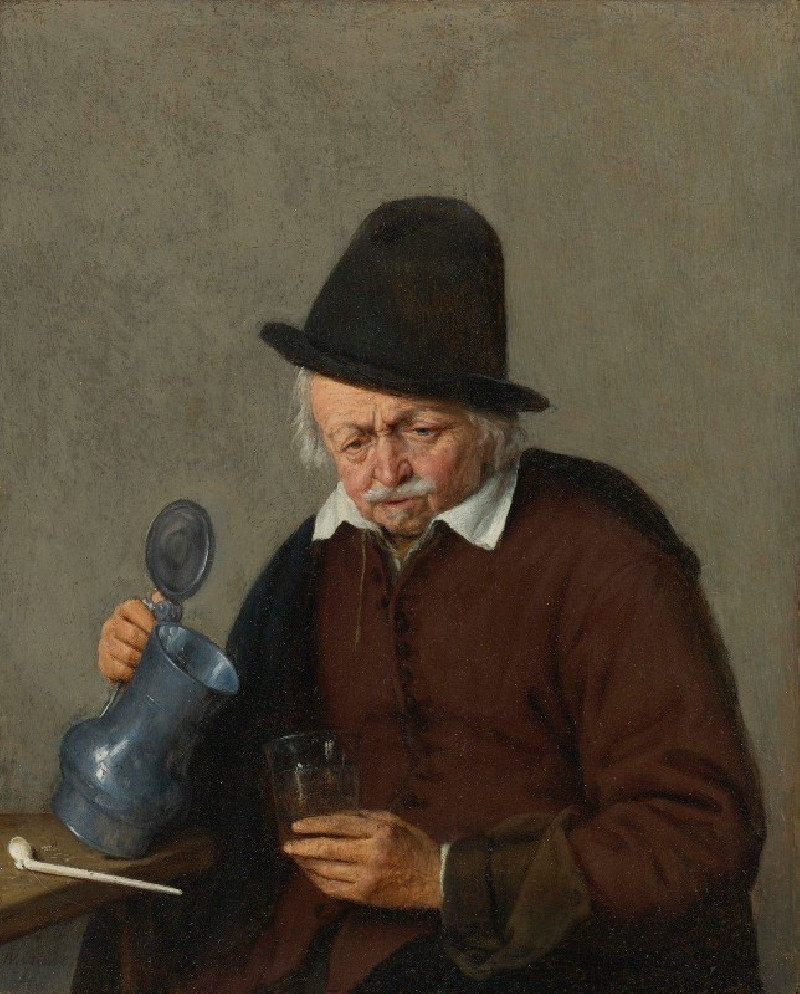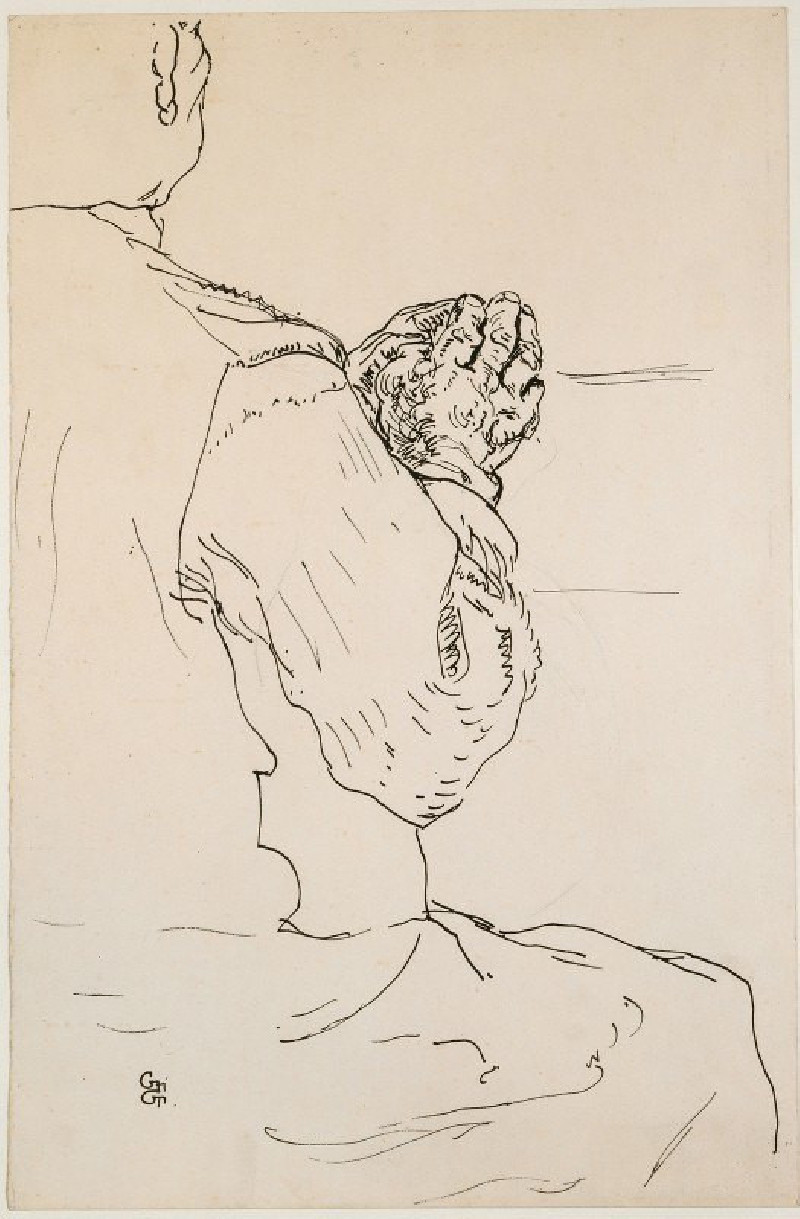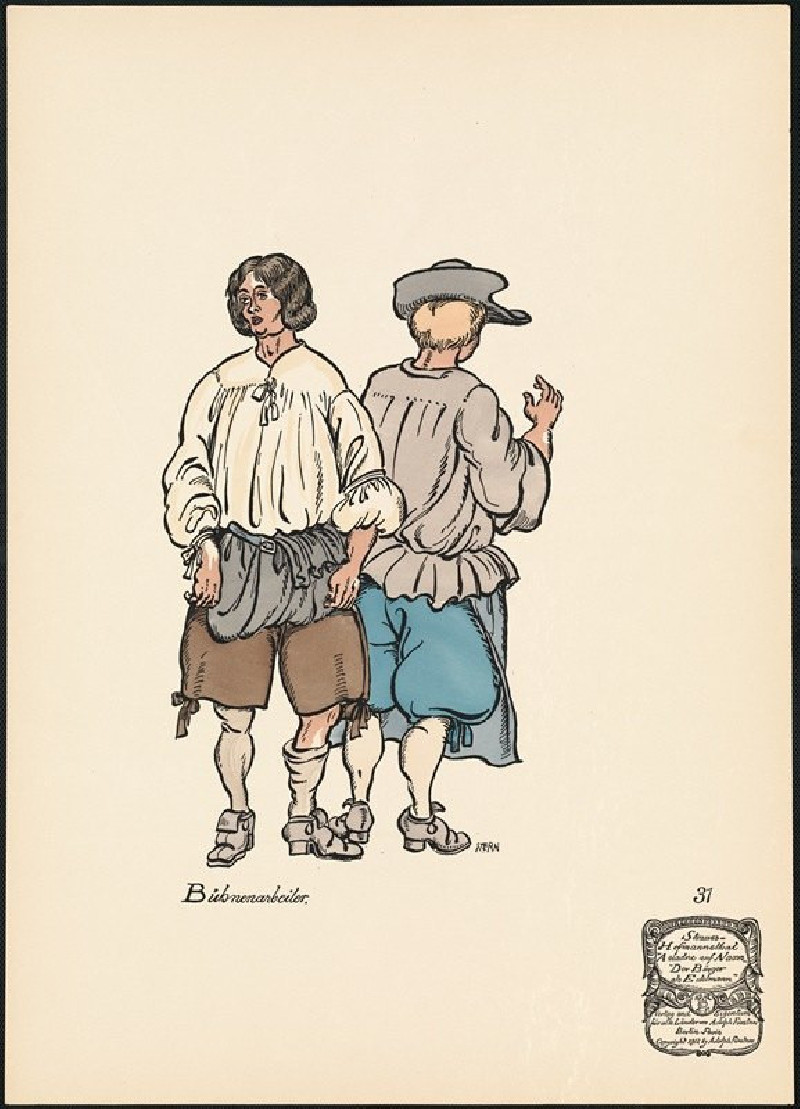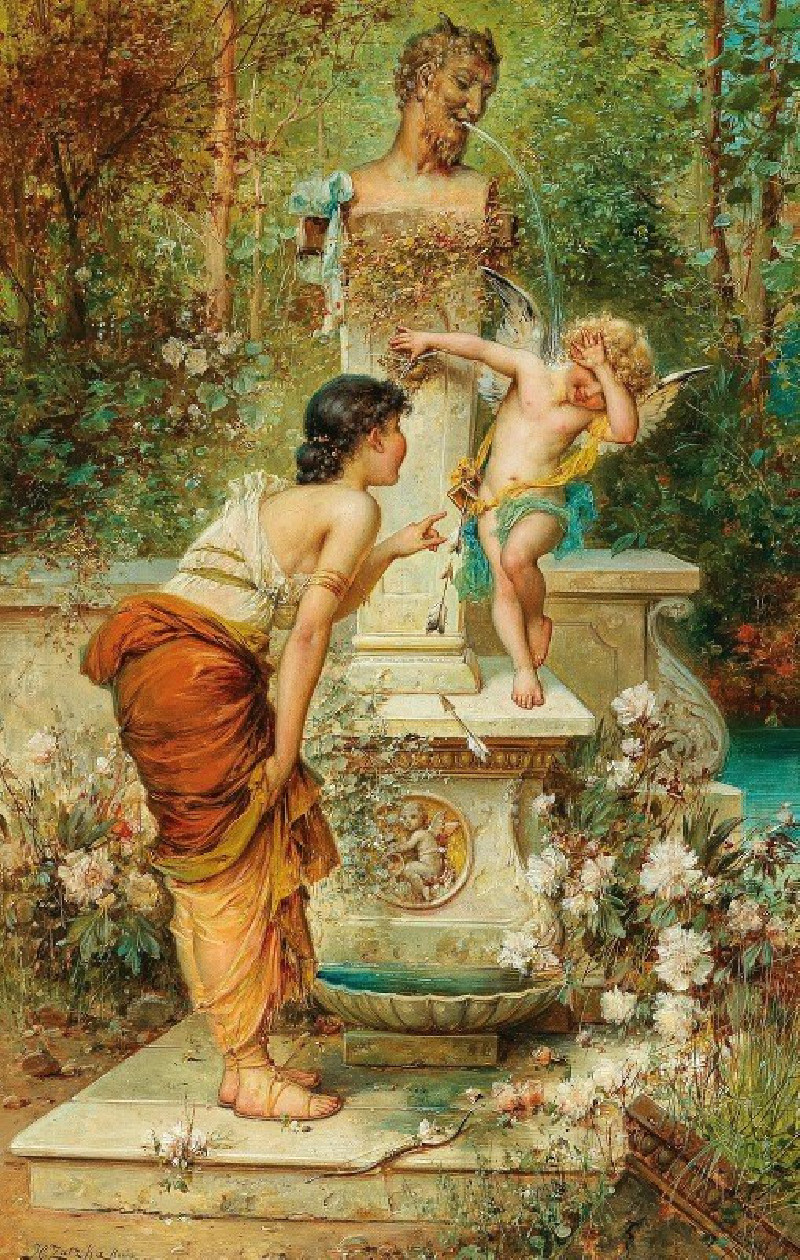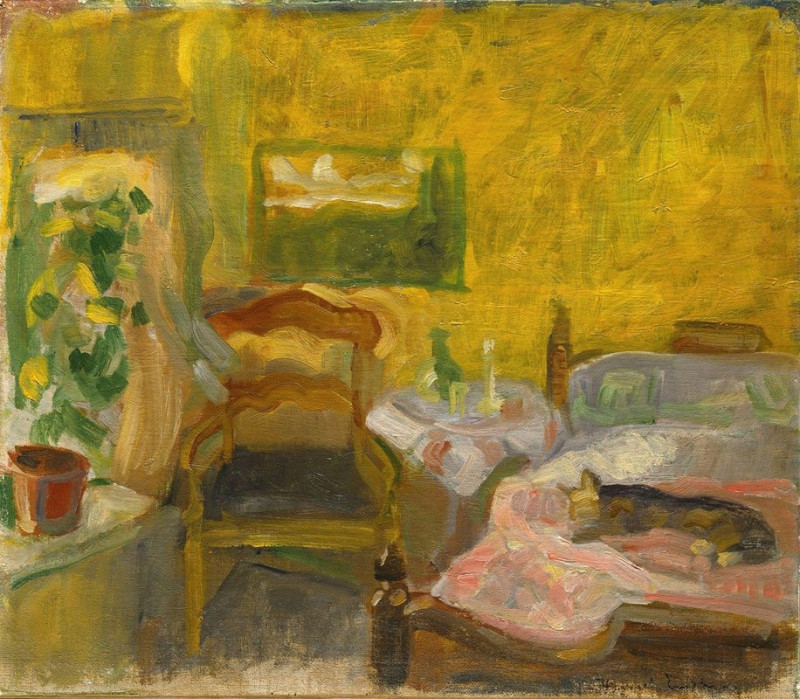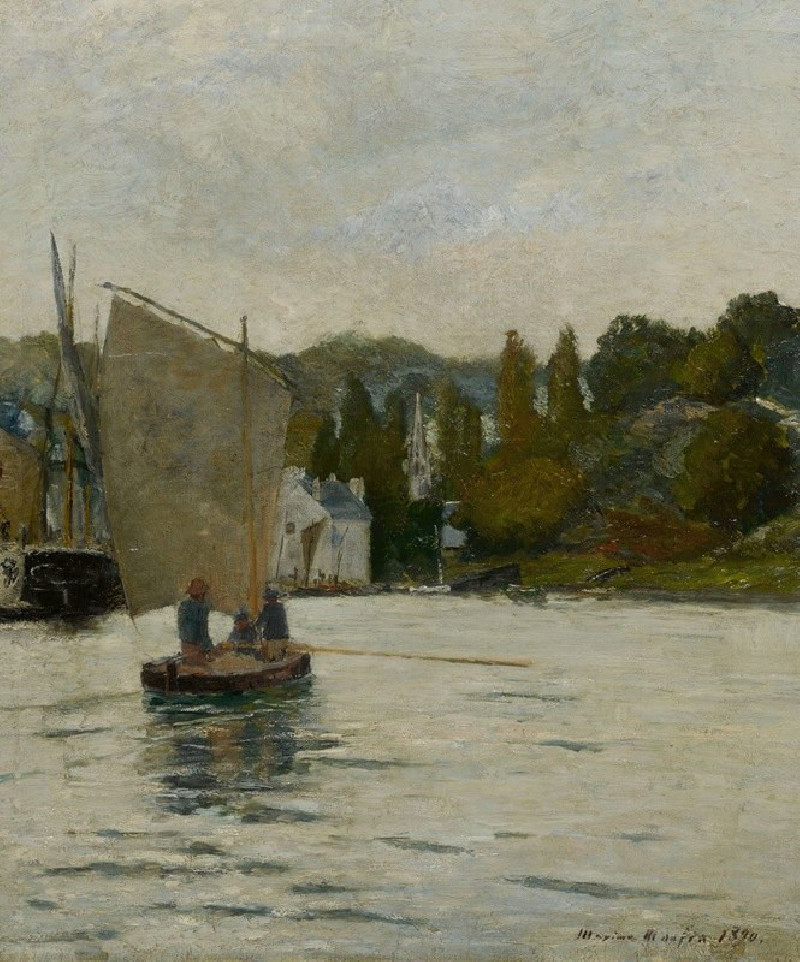Group of Nubians, Wady Kardasey [sic] [Qirtâsî]. (1846-1849)
Technique: Giclée quality print
Recommended by our customers
More about this artwork
The painting "Group of Nubians, Wady Kardasey [sic] [Qirtâsî]" by David Roberts, created between 1846 and 1849, captures a vibrantly detailed scene reflecting the artist's travels and observations in Egypt. This artwork serves as a stunning example of Roberts’ skill in depicting exotic locales and the diverse peoples he encountered during his journeys.In the foreground, a group of Nubian men are portrayed in various poses and attire, highlighting their distinct cultural dresses and accessories. The men are shown with elements such as colorful turbans and traditional white robes, which signify their regional identity. Some carry spears and shields, suggesting their roles as guardians or warriors within their communities. On the left, a man with a guitar-like instrument adds an element of daily life and culture, implying music's integral role in their society.The background features a softly rendered desert-like landscape with distant mountains and a hint of architectural ruins, possibly hinting at the rich historical past of the region near Wadi Qirtasi (formerly spelled as Kardasey). The artist’s meticulous attention to detail not only in the figures but also in the landscape reveals his dedication to representing the settings authentically.David Roberts’ work is renowned for its historical value and artistic detail, and this painting is a fine representation of his encounters with Nubian culture, providing a window into the lives of people from a distinct part of the world during the mid-19th century.
Delivery
Returns
David Roberts (24 October 1796 – 25 November 1864) was a Scottish painter. He is especially known for The Holy Land, Syria, Idumea, Arabia, Egypt, and Nubia, a prolific series of detailed lithograph prints of Egypt and the Near East that he produced from sketches he made during long tours of the region (1838–1840). These and his large oil paintings of similar subjects made him a prominent Orientalist painter. He was elected as a Royal Academician in 1841.

![Group of Nubians, Wady Kardasey [sic] [Qirtâsî]. (1846-1849) reproduction of painting by David Roberts. ALL GICLEE PRINTS Group of Nubians, Wady Kardasey [sic] [Qirtâsî]. (1846-1849) reproduction of painting by David Roberts. ALL GICLEE PRINTS](https://reprodukcijos.lt/39150-large_default/reproduction-of-group-of-nubians-wady-kardasey-sic-qirtasi-1846-1849.jpg)
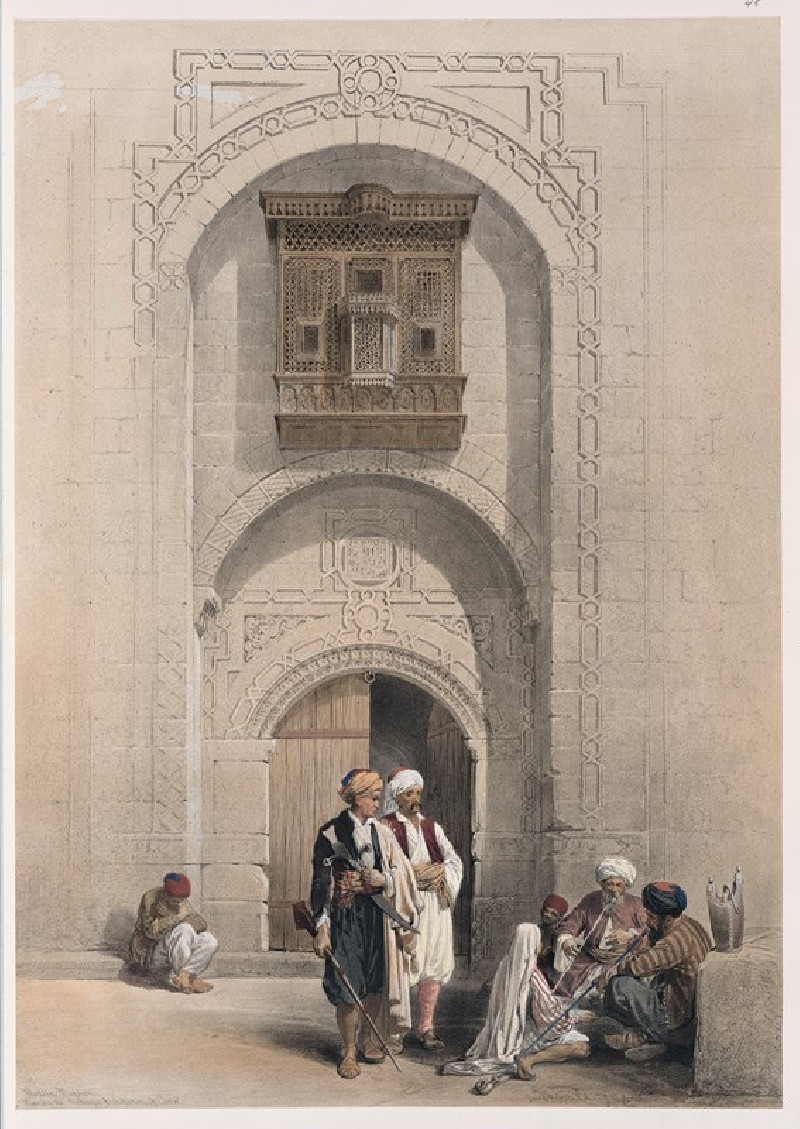
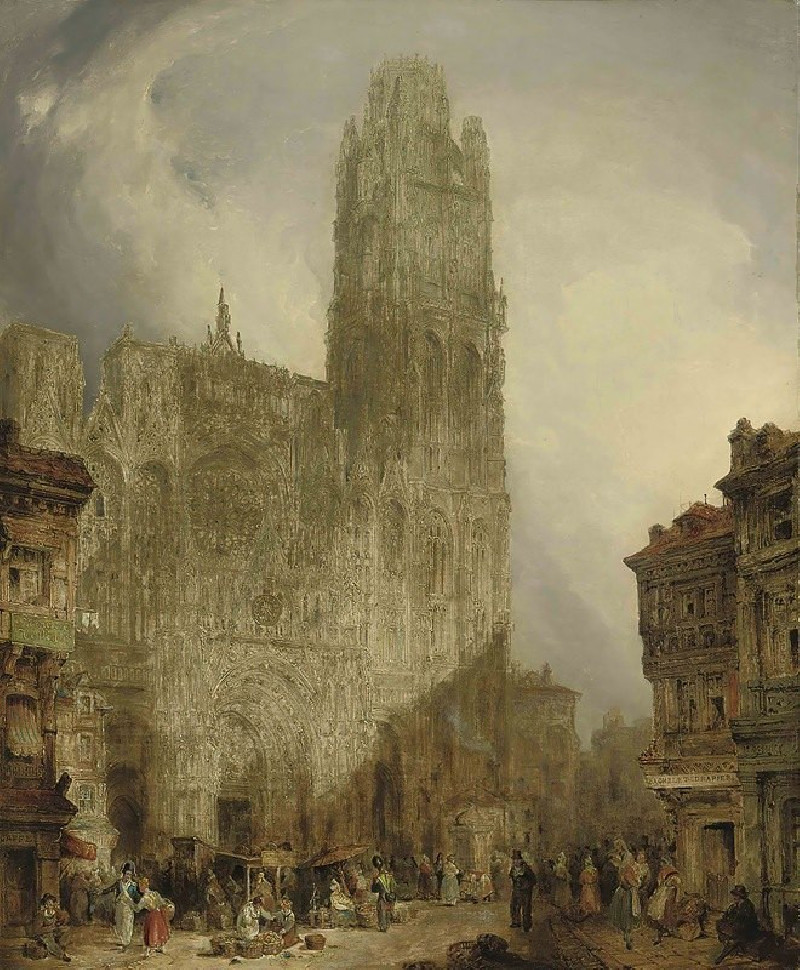
![Siout [Asyût]. Upper Egypt. (1846-1849) reproduction of painting by David Roberts. ALL GICLEE PRINTS](https://reprodukcijos.lt/39216-large_default/reproduction-of-siout-asyut-upper-egypt-1846-1849.jpg)
![Hermont [Armant], ancient Hirmonthis. Nov. 26th, 1838. (1846-1849) reproduction of painting by David Roberts. ALL GICLEE PRINTS](https://reprodukcijos.lt/39215-large_default/reproduction-of-hermont-armant-ancient-hirmonthis-nov-26th-1838-1846-1849.jpg)
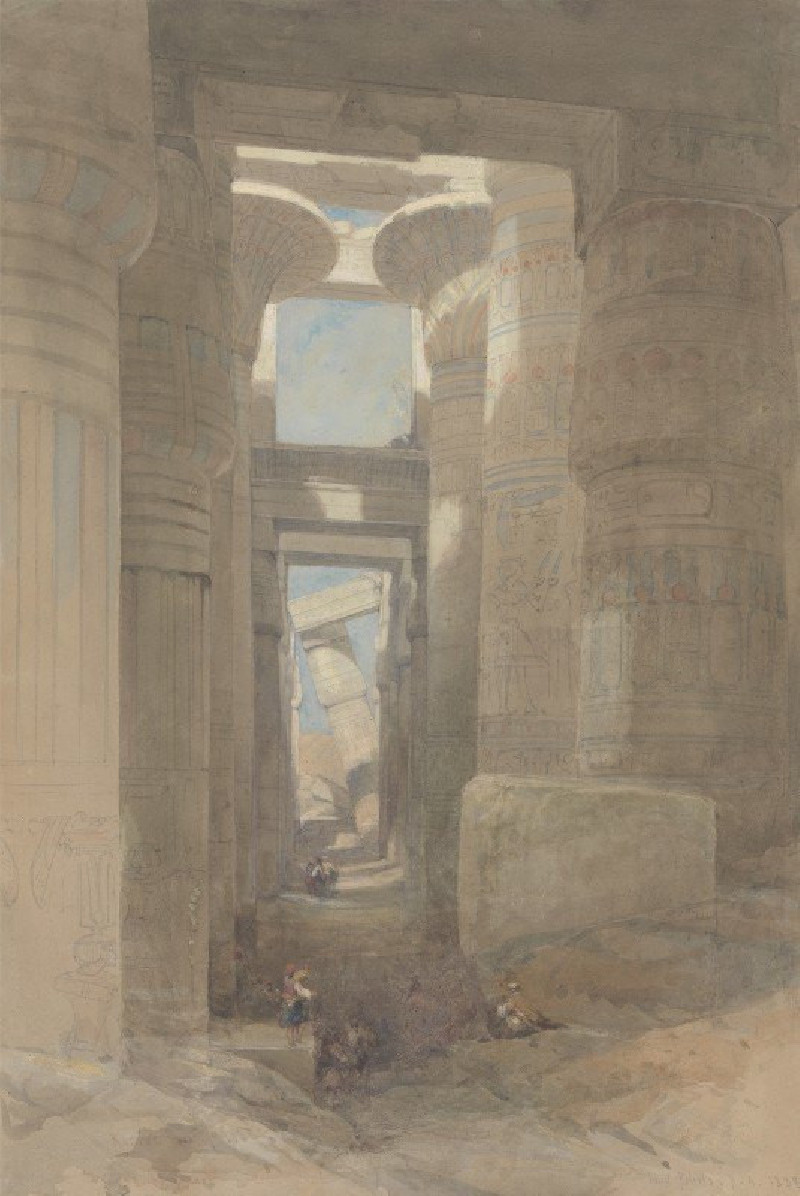
![Temple of Wady Saboua [Wadi al-Sabua], Nubia. (1846-1849) reproduction of painting by David Roberts. ALL GICLEE PRINTS](https://reprodukcijos.lt/39213-large_default/reproduction-of-temple-of-wady-saboua-wadi-al-sabua-nubia-1846-1849.jpg)
![Portico of the Temple of Edfou [Idfû], Upper Egypt. Nov. 23rd, 1838. (1846-1849) reproduction of painting by David Roberts. A...](https://reprodukcijos.lt/39212-large_default/reproduction-of-portico-of-the-temple-of-edfou-idfu-upper-egypt-nov-23rd-1838-1846-1849.jpg)
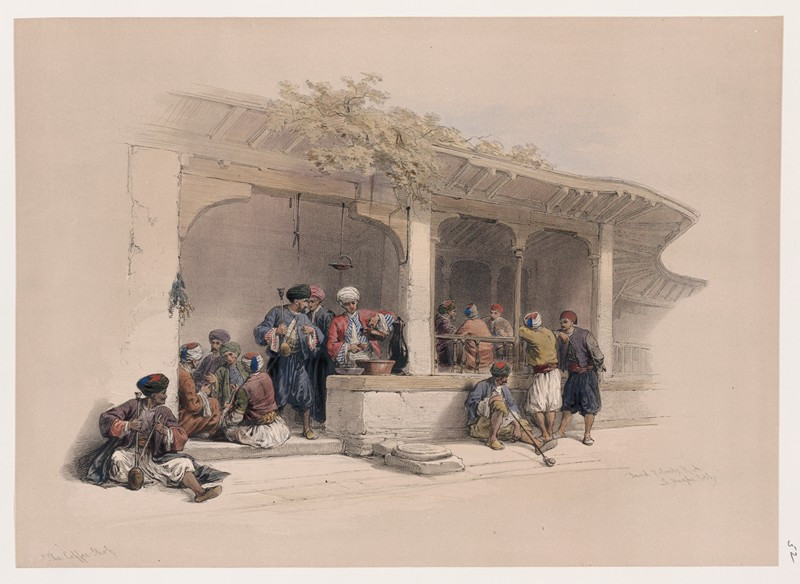

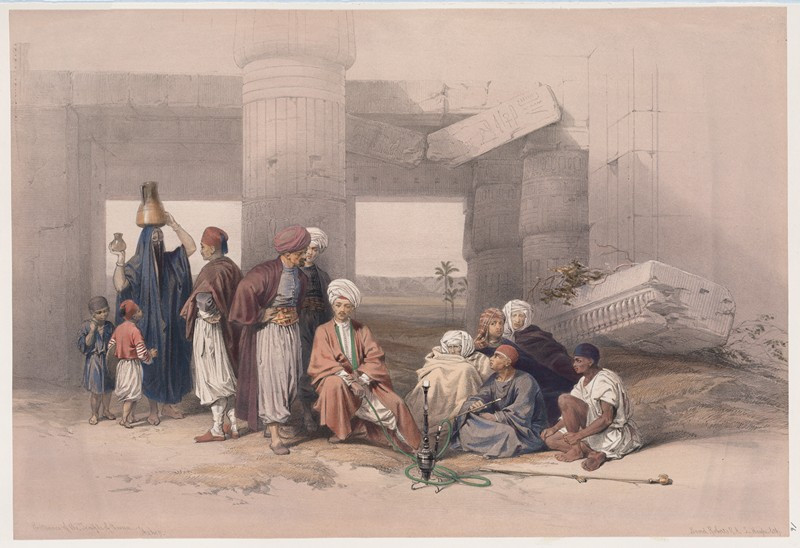
![Edfou [Edfu, Idfû]. Nov. 24th, 1838. (1846-1849) reproduction of painting by David Roberts. ALL GICLEE PRINTS](https://reprodukcijos.lt/39208-large_default/reproduction-of-edfou-edfu-idfu-nov-24th-1838-1846-1849.jpg)
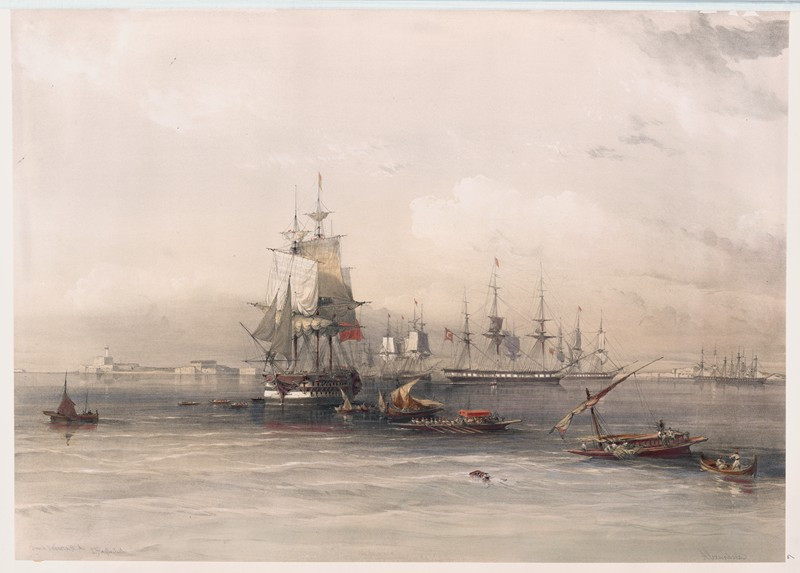
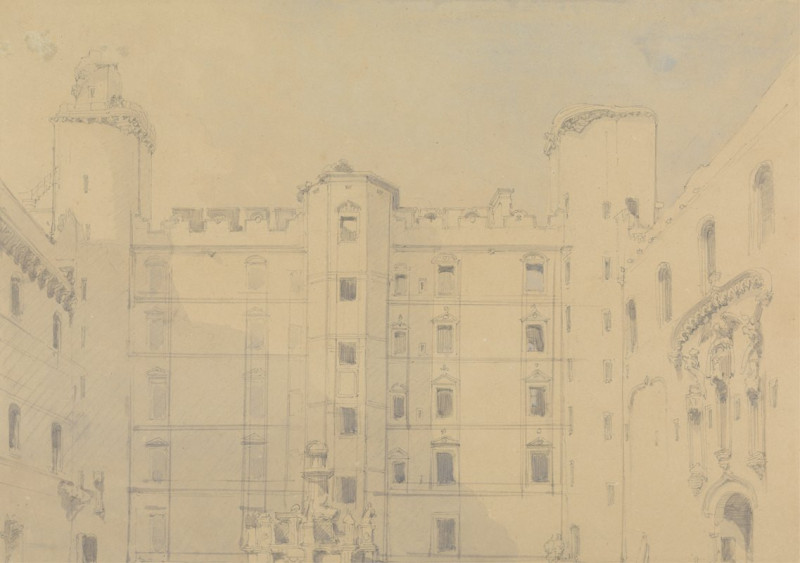
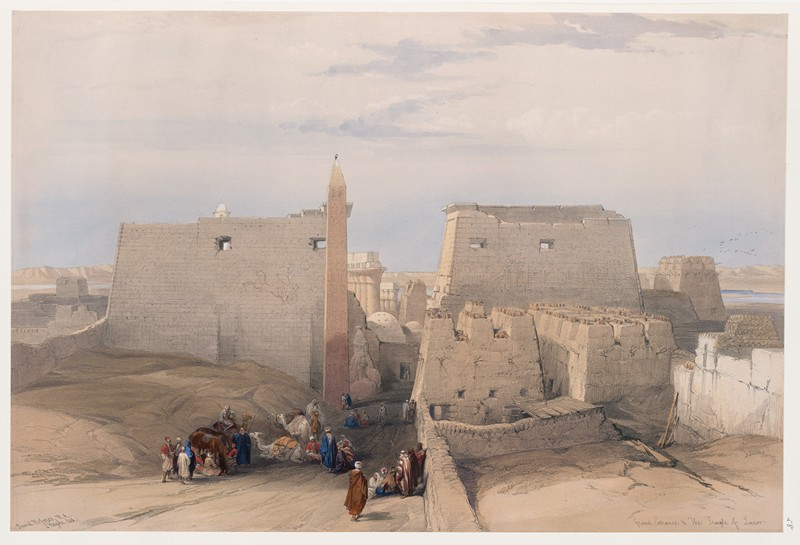

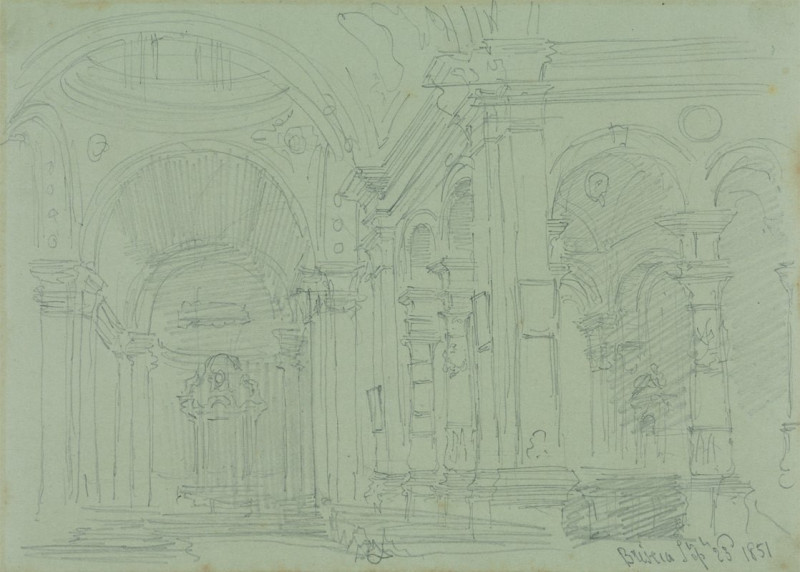
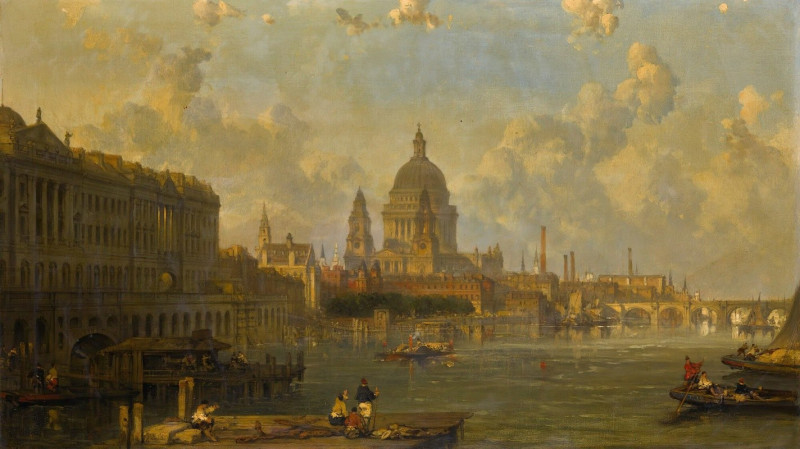
![Temple of Kalabshee [Kalabsha, Kalâbishah], Nubia. Nov. 1838. (1846-1849) reproduction of painting by David Roberts. ALL GICL...](https://reprodukcijos.lt/39201-large_default/reproduction-of-temple-of-kalabshee-kalabsha-kalabishah-nubia-nov-1838-1846-1849.jpg)
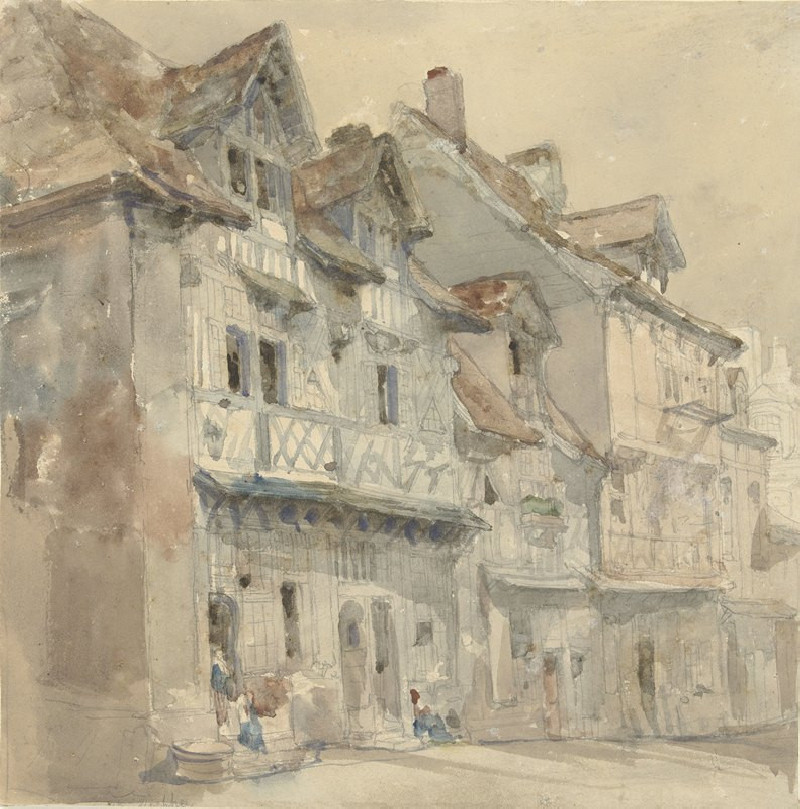
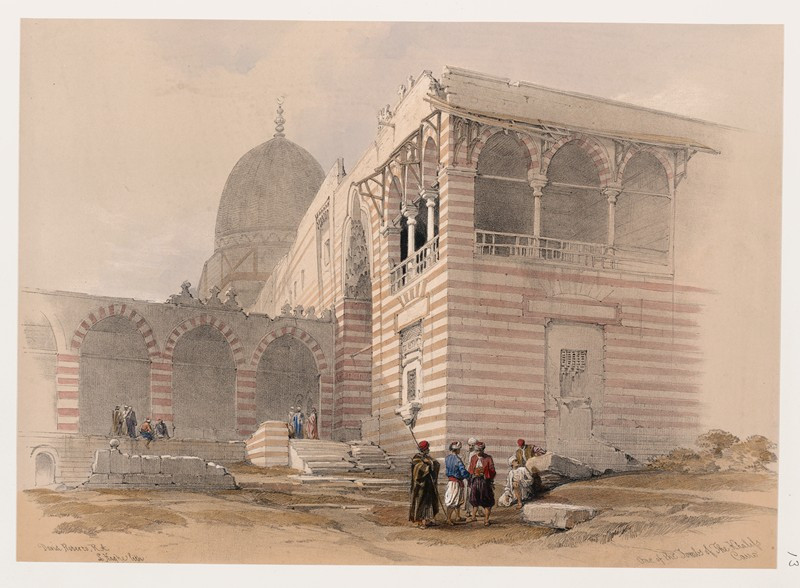

![Ruins of the Temple of Kardeseh [Qirtâsî], Nubia. (1846-1849) reproduction of painting by David Roberts. ALL GICLEE PRINTS](https://reprodukcijos.lt/39187-large_default/reproduction-of-ruins-of-the-temple-of-kardeseh-qirtasi-nubia-1846-1849.jpg)
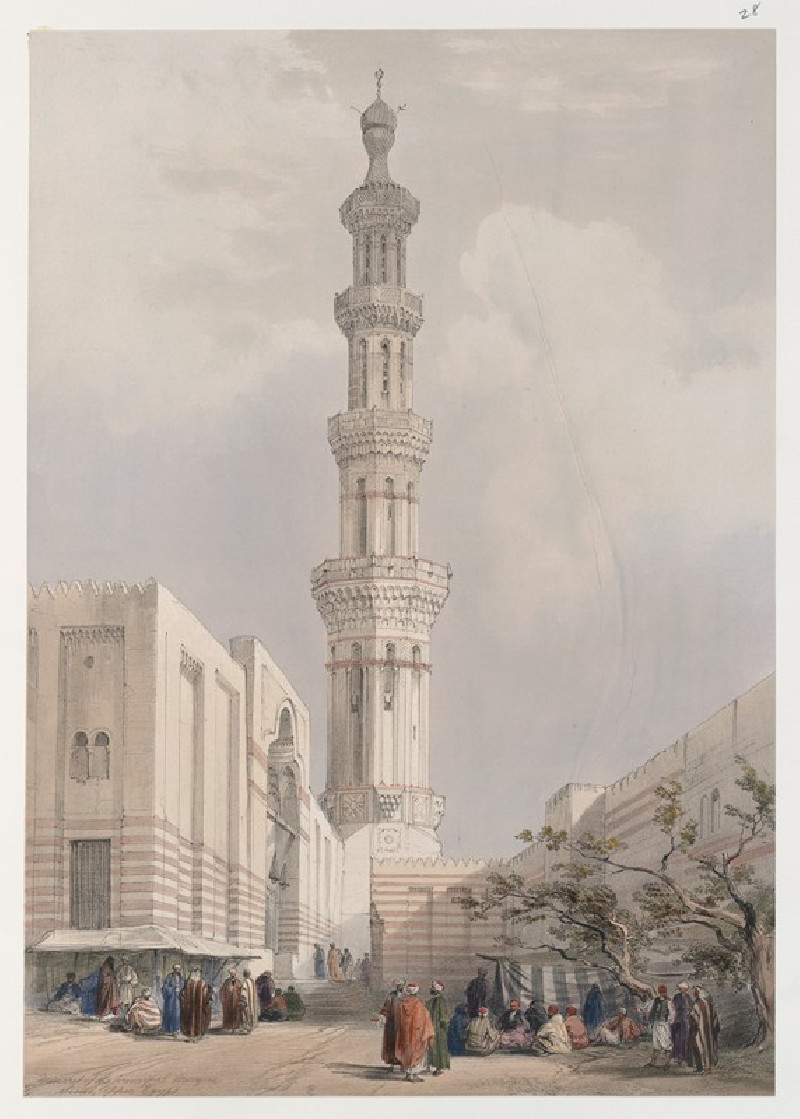
![Pyramids of Geezeh [Giza]. (1846-1849) reproduction of painting by David Roberts. ALL GICLEE PRINTS](https://reprodukcijos.lt/39185-large_default/reproduction-of-pyramids-of-geezeh-giza-1846-1849.jpg)
![Excavated temples of Aboosimble [Abû Sunbul], Nubia. (1846-1849) reproduction of painting by David Roberts. ALL GICLEE PRINTS](https://reprodukcijos.lt/39184-large_default/reproduction-of-excavated-temples-of-aboosimble-abu-sunbul-nubia-1846-1849.jpg)

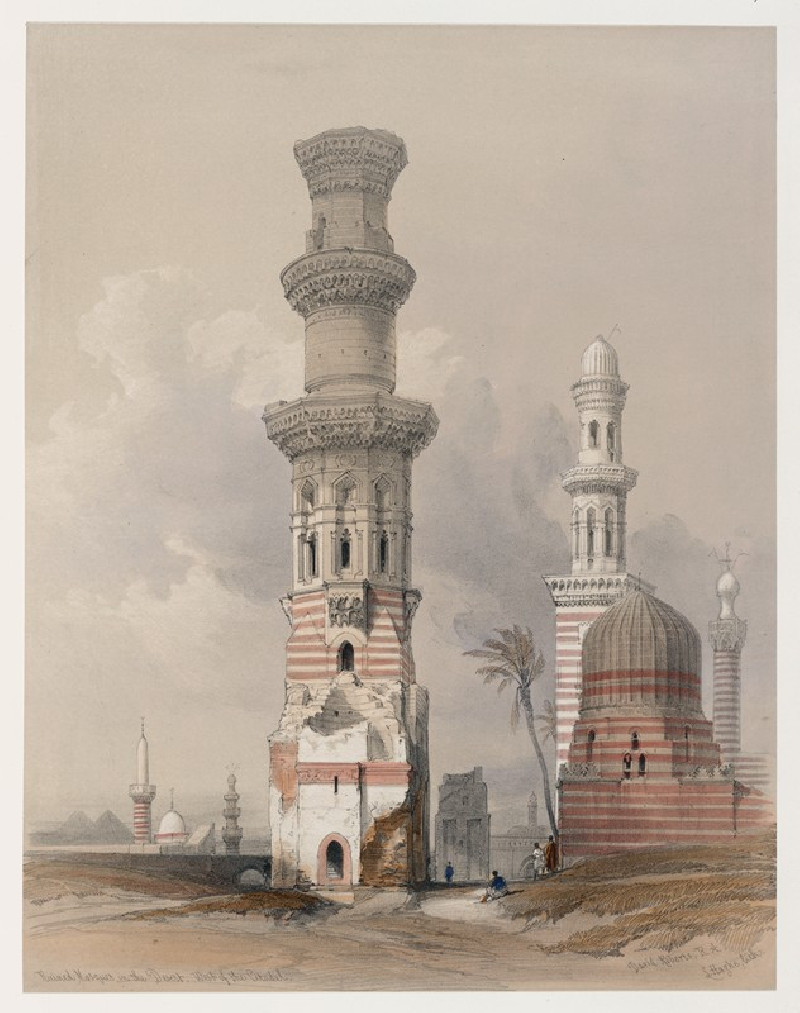


![Dayr el Medeeneh [Dayr al-Madînah], Thebes. (1846-1849) reproduction of painting by David Roberts. ALL GICLEE PRINTS](https://reprodukcijos.lt/39182-large_default/reproduction-of-dayr-el-medeeneh-dayr-al-madinah-thebes-1846-1849.jpg)
